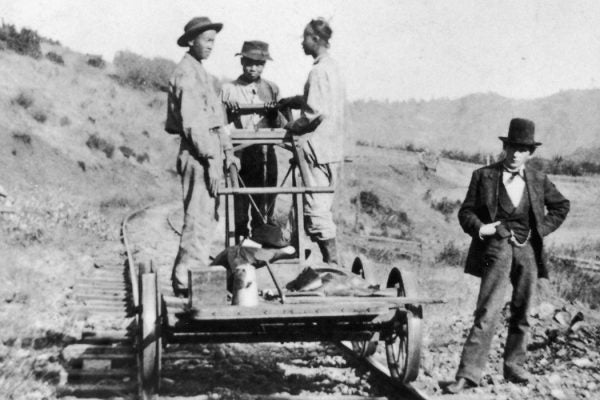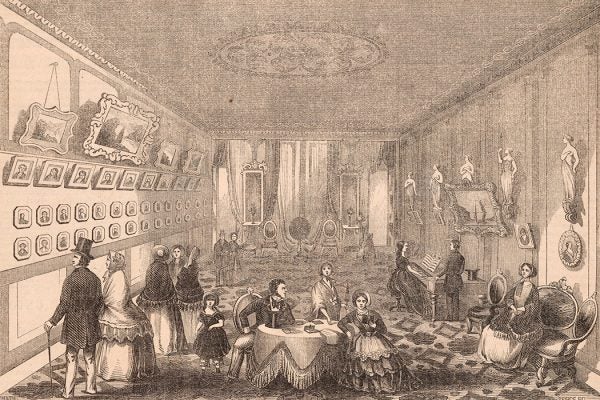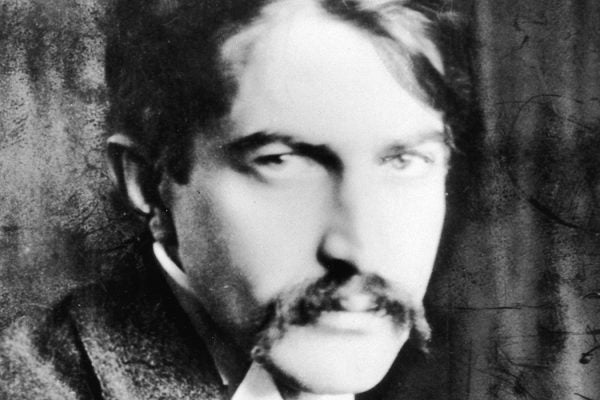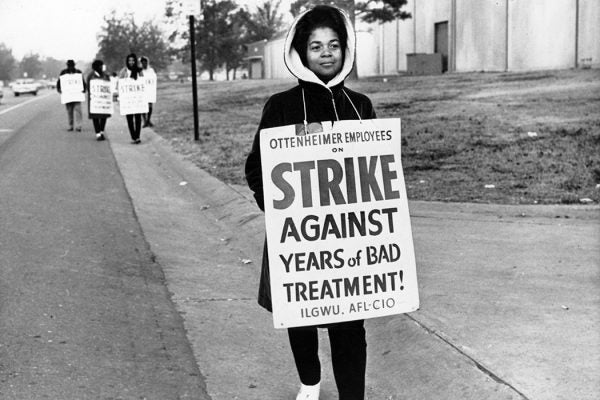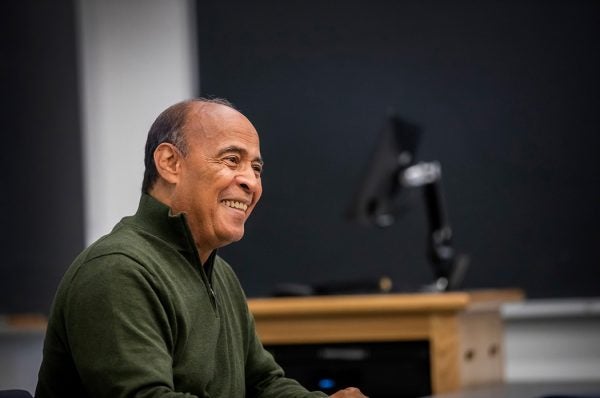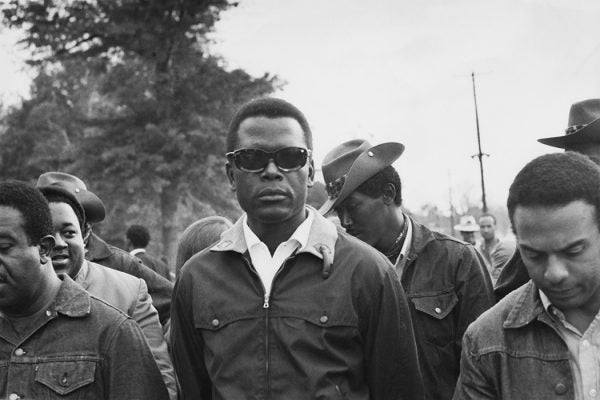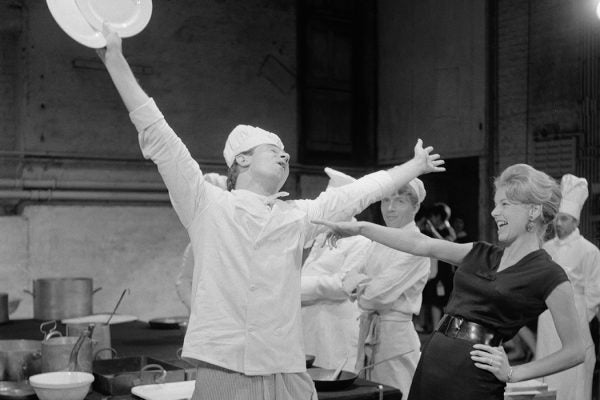The Chinese Exclusion Act: Annotated
The passing of the Chinese Exclusion Act in 1882 marked the first time the United States prohibited immigration based on ethnicity and national origin.
The Many Afterlives of Rose Levere
Thespian, lawyer, Freemason, spiritualist, and much more, Levere tackled one frontier after another, determined to show the public just what she could do.
Introducing “Archives Unbound”
In her new column, Dorothy Berry offers an inside look at the work of the digital archivist, while highlighting forgotten figures in Black print culture and public life.
Just Saying No To Valium
Ninety million bottles of Valium were dispensed yearly in the U.S. during the mellow Seventies. What happened?
Stephen Crane vs. The Police
When the author tried to defend a woman from charges of solicitation, and then testified against the arresting officer, the NYPD struck back.
How Black CB Radio Users Created an Audible Community
CB radio was portrayed as a mostly white enthusiasm in its heyday, but Black CB users were active as early as 1959.
The Global History of Labor and Race: Foundations and Key Concepts
How have workers around the world sought to change their conditions, and how have racial divisions affected their efforts?
Adolph Reed Jr.: The Perils of Race Reductionism
The political scientist Adolph Reed Jr. on the Black Lives Matter movement, the “rich peoples’ wealth gap,” and his Marxism.
How Civil Rights Groups Used Photography for Change
As one activist said, “If our story is to be told, we will have to write it and photograph it and disseminate it ourselves.”
In The Gay Cookbook, Domestic Bliss Was Queer
Chef Lou Rand Hogan whipped up well-seasoned wit and served a gay take on home life during the early-1960s craze for camp.
